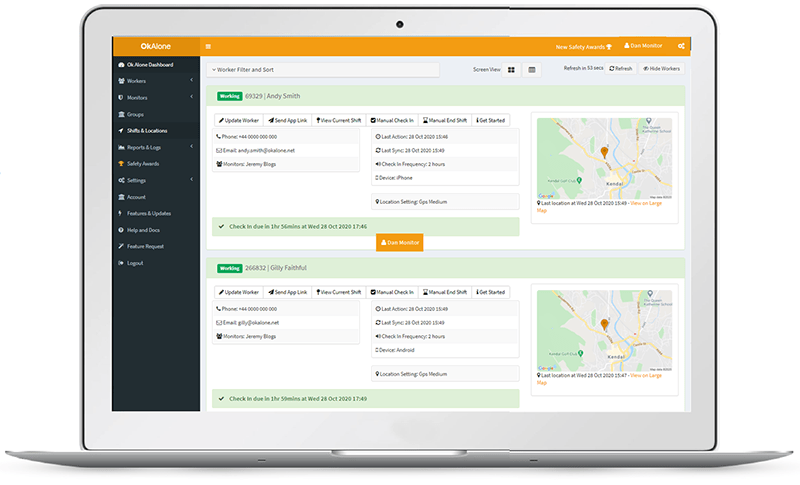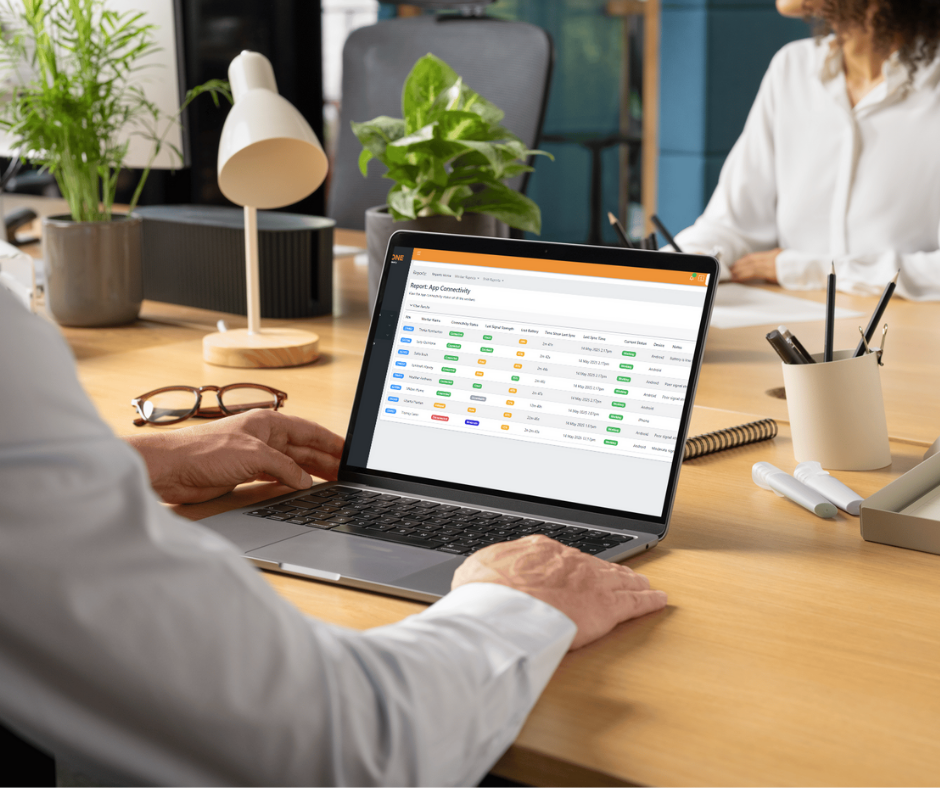Personal Alarm: for When You’re Working Alone

When they're working alone not many people think of themselves as 'lone workers', but the truth is, if you are on your own during your work day, that's exactly what you are.
Regardless of the industry, whether you're dropping off a delivery or sat in a reception area, if you are completely by yourself or alone with customers, you are lone working and should have a panic alarm.
Why Do I Need a Personal Alarm?
With fixed panic buttons (the kind under a counter or on a wall) you only know the location where the alarm was triggered. If you were running away from danger this type of alarm would be helpful as a starting point, but not very helpful if you were moving locations. The best bet is a personal alarm within a dedicated device that is tracking your whereabouts, one that can track a user’s exact location using GPS positioning. Your current location can then be given to the emergency services who will be dispatched to the critical situation.

Lone working situations can present more potential risks or a higher level of risk than working in groups, purely as there is no one to help if there is an act of violence or an emergency situation. That's why it is part of an employer's duty of care and legal obligation to ensure their staff have a way of summoning help when working alone.
What Personal Alarm Should You Choose?
There is a wide range of personal and lone worker alarm devices available. The best one is whichever will give you peace of mind and increase your feeling of personal safety.
Work out which system is best for you by asking yourself some questions:
Do you need a discreet device? Will you be in unpredictable situations with a potential for violence? Could you use a mobile app? Will you be working alone outside of 'normal' hours? Could there be loss of consciousness? Are you a remote worker? Do you want a wearable button or lanyard? Will you have other staff monitoring you? Do you need lots of safety features? If not what are the key features you need to stay safe?
Is there an all-in-one personal check-in, emergency alerting and monitoring solution?
The OK Alone lone worker personal alarm app is designed to make managing safety simple. It ensures people who are working alone or in isolation can get assistance if their health or safety is threatened. The app is not overly complicated by additional external devices or multiple security levels.
The system runs through a Smartphone and has the key features needed to keep people safe; help alarm, man down, high risk option and check ins at regular intervals. These features mean you can access help outside of normal business hours by having a supervisor or call centre contacted if you miss a check in or request help. The Man down feature activates to send a help alert if there is a loss of consciousness or no movement from staff. These features can even be triggered verbally by voice commands if staff are unable to tap the screen.

Keeping Lone Workers Safe
As an additional benefit, the app is connected to an online portal that enables supervisors or a manager to see the real time GPS location of staff if they request help or miss a check in. The platform can also create reports and documents for staff to show their compliance to the legal duty of care and local lone worker legislation.

Having a personal alarm in their possession, whilst working alone, gives staff a sense of security that they can hit the help button or ask out loud for help and know that although they aren't physically there, someone will hear.
Book a Demo Today
Alternatively, get a free trial of the app
Want to try OK Alone? Click the button below and enter your details. It's free and no credit card is required.





